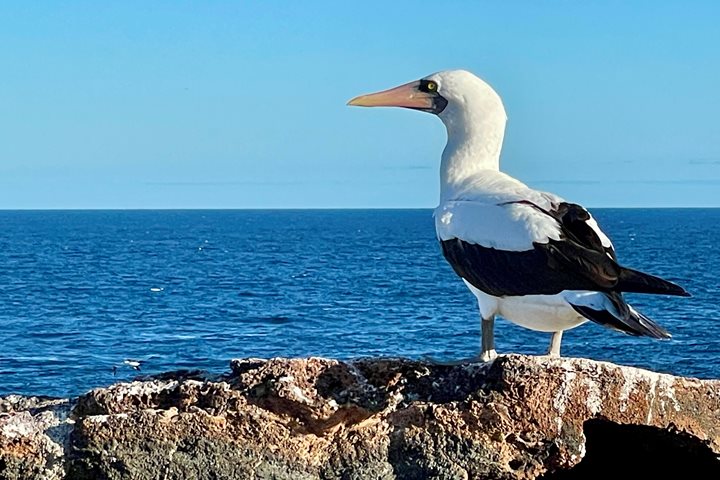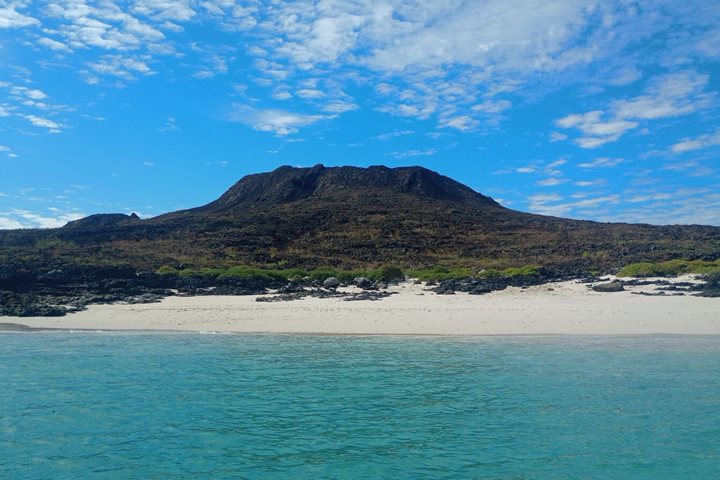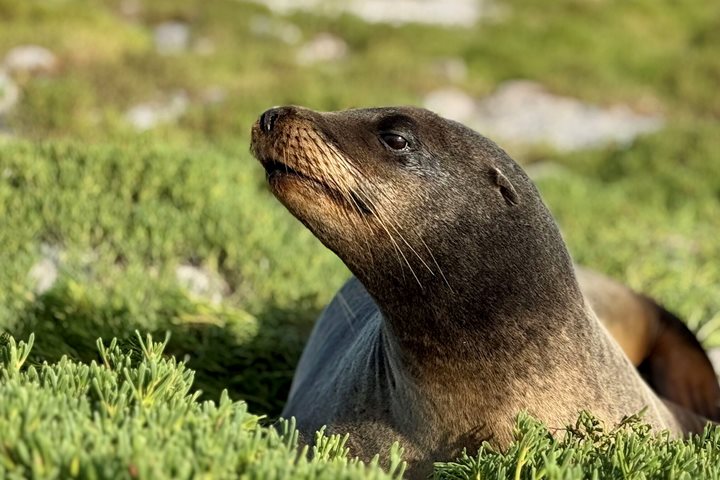Today we visited the iconic Sombrero Chino islet and its beautiful turquoise waters, and the stunning lava flows at Sullivan Bay. We started our morning with a pre-breakfast stretch class on the beach, surrounded by sea lions and Galapagos penguins! After breakfast we enjoyed a Zodiac exploration, as well as some kayaking and snorkeling — it was all about enjoying the stunning elements and wildlife that the area provides. During the afternoon we headed to Sullivan Bay to witness one of the most spectacular landscapes that the Galapagos has to offer, where we had fun learning and hiking on the lava fields. We ended the day with a coastal exploration aboard our Zodiacs. What a spectacular day we had in the Galapagos!!
Call +1.800.397.3348 or contact your travel advisor







